On the morning of 26th April 2016, after a good breakfast on the veranda at La Rochelle,
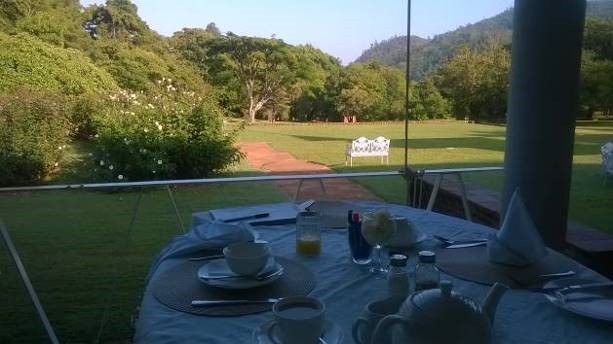
Alistair White (a temporary employee of La Rochelle Country House) and I set out to find Fort Gomo, a National Trust of Zimbabwe site in the Penhalonga area of Zimbabwe (Eastern Highlands region).
Before long, Alistair decided to show me the first nursing services site established in the country. This is a short drive off the Penhalonga Road, very near the start of Penhalonga residences. This is the commemorative plaque at the site:
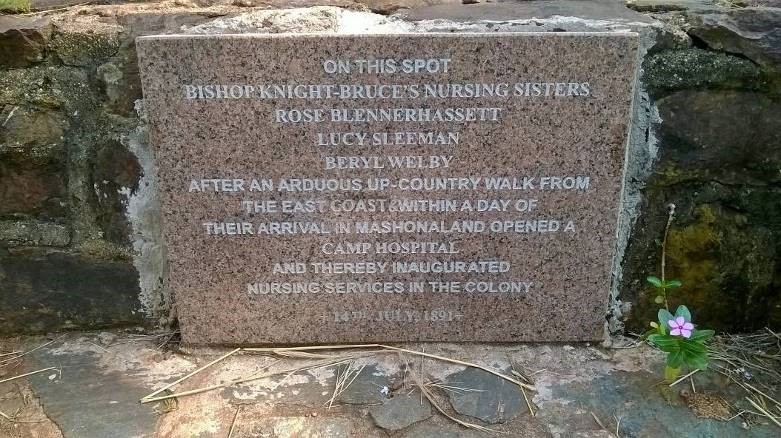
This is a lovely spot for visitors to La Rochelle to visit and very easy to locate and drive close to. The GPS reading is: (still to extract from my Garmin!!).
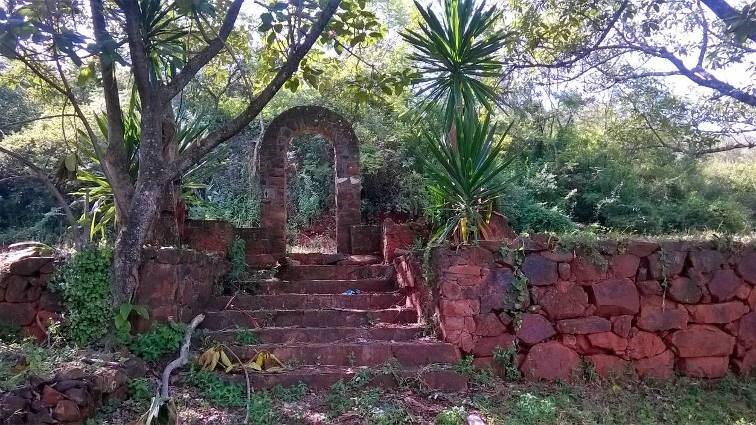
There are lovely trees and a small bench looking out over the valley below:
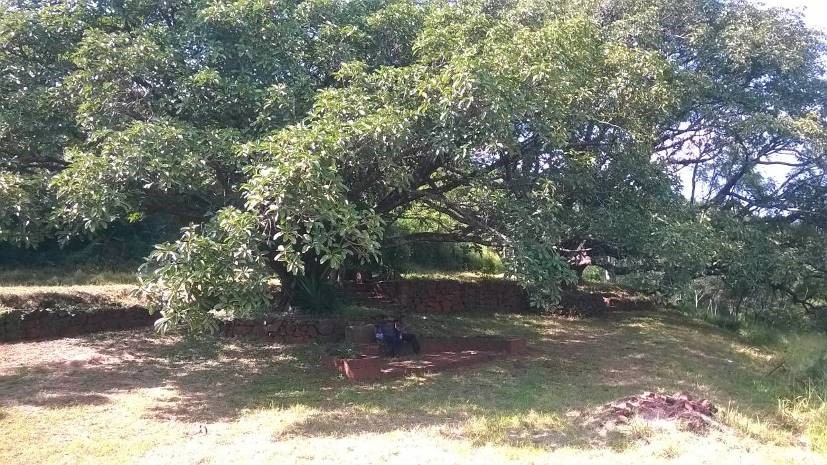
We returned down the hill and travelled down the main road east towards Penhalonga. At the start of Penhalonga alongside the road there is a memorial to the people who gave their lives in the Great War of 1914-8:
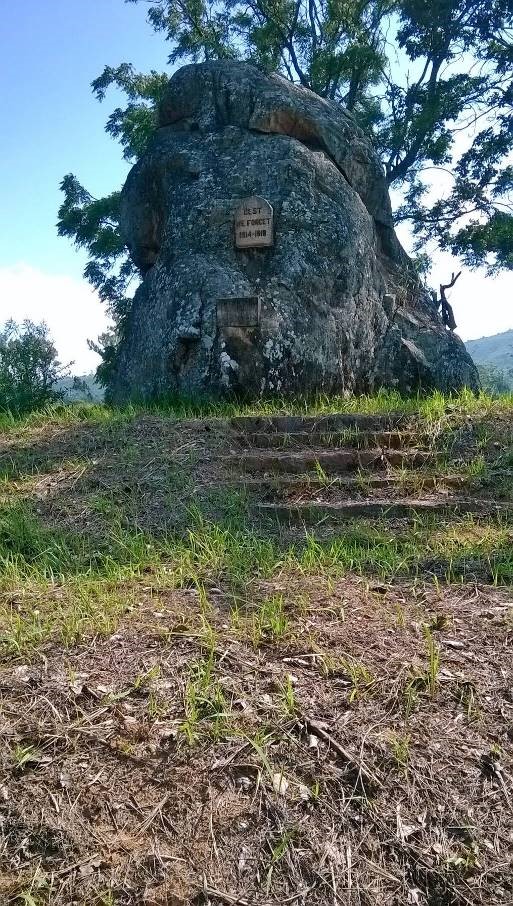
We continued through Penhalonga and approximately 20 kilometres beyond there to reach the turn off to Small Bridge Dam. We continued past that turn off along the main road a further 800m’s (approximately) to find a lay-bye on the left of the main road (with concrete benches) where we parked. We looked up to the front and right of the parking and across the road, saw the ruins of Fort Gomo on a small rise alongside the road. We crossed the road and climbed the small hill, a very easy ascent. The area is slightly over-grown but easily traversed. The first sight is the small wall enclosing the summit with a door with a stone lintel:
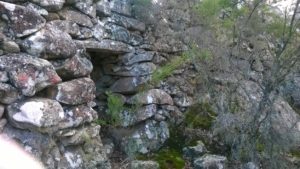
We entered the summit of the hill to find an area of approximately 20m’s in diameter, with (slightly damaged) built walls on the south and west sides.
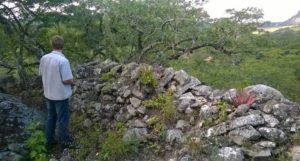
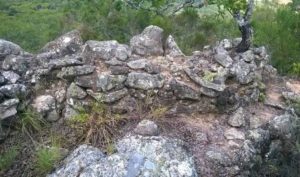
The north and east sides of the summit have steep slopes with evidence of a few small areas of built walls. The 360 degree views from the summit, in all directions, are very pleasant:
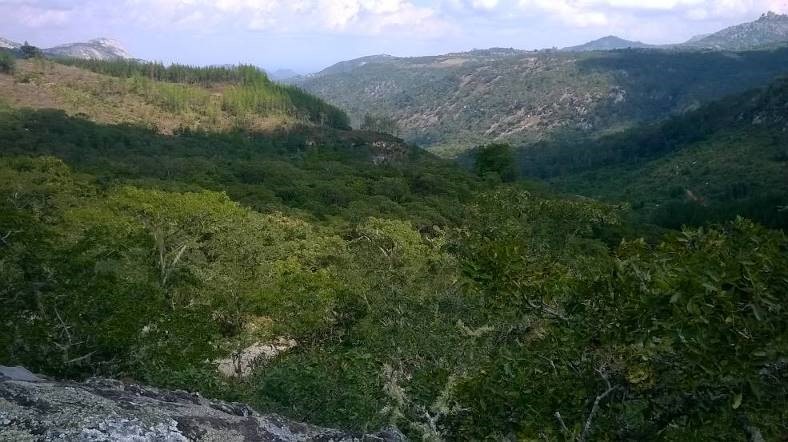
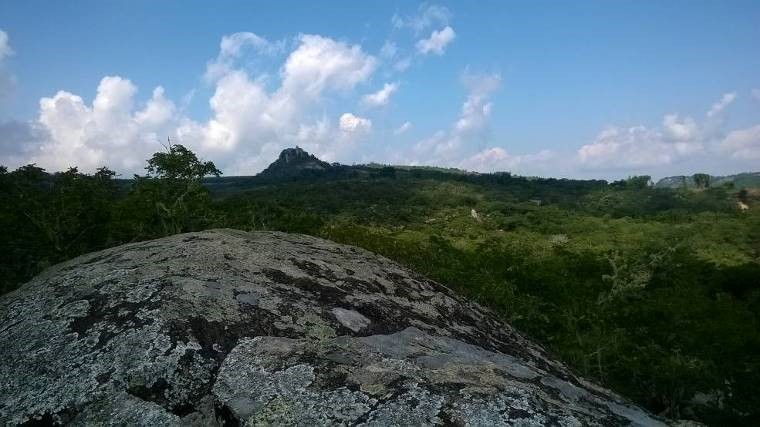
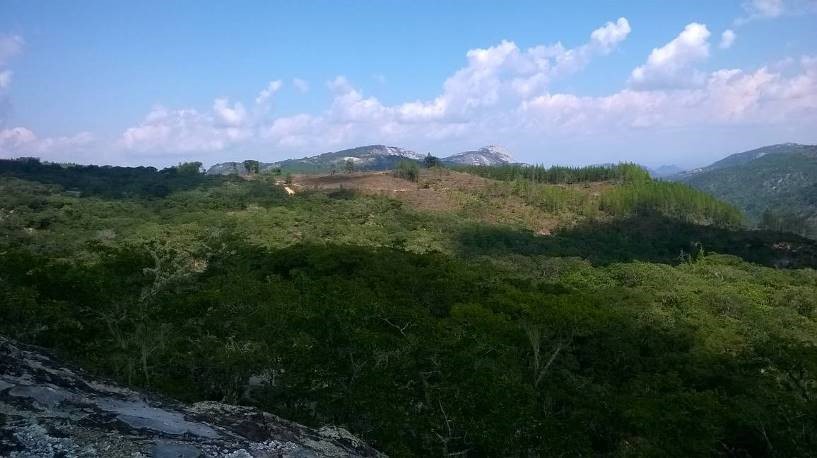
Along the tar road, just beyond the Fort Gomo site is a gravel road to the right which one can also use to get to the base of Fort Gomo by turning right there and travelling about 300m’s up that gravel road & turning right onto a small track that leads to the base of Fort Gomo.
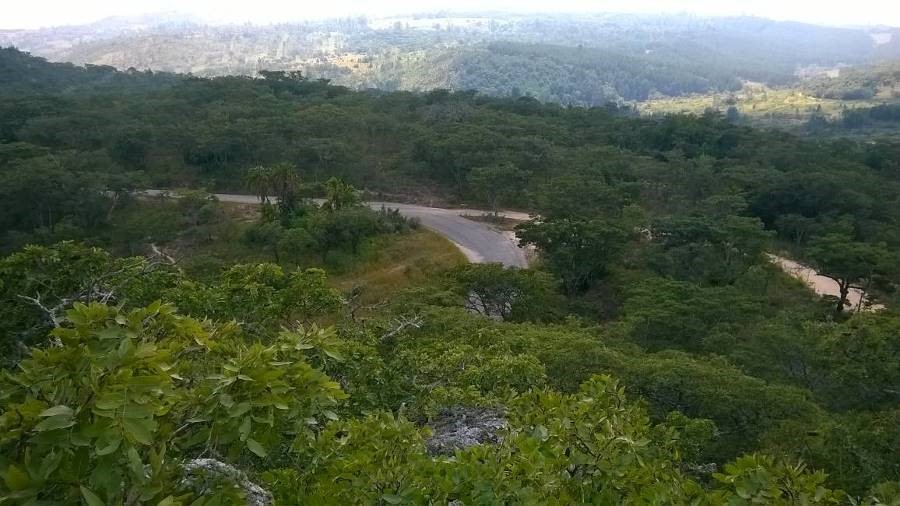
There is evidence at the end of that access track of where the NTZ sign must have been located previously at the end of this track. New signage would be required.
The Fort Gomo location, lay-bye and the gravel road intersection is clearly shown in this Google Map image:
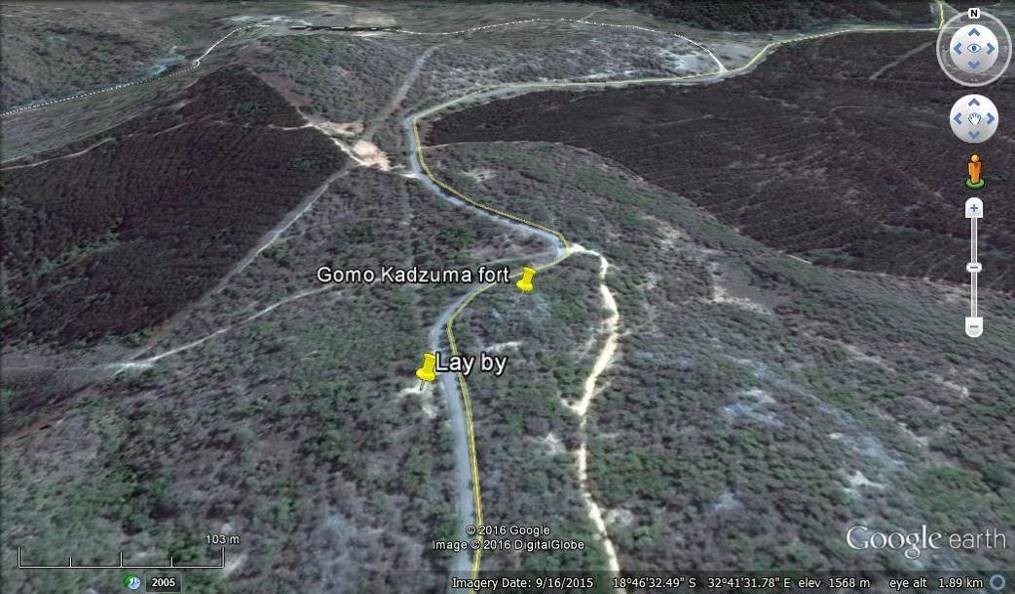
The summit has tree cover and would be pleasant for a short stop and perhaps a picnic
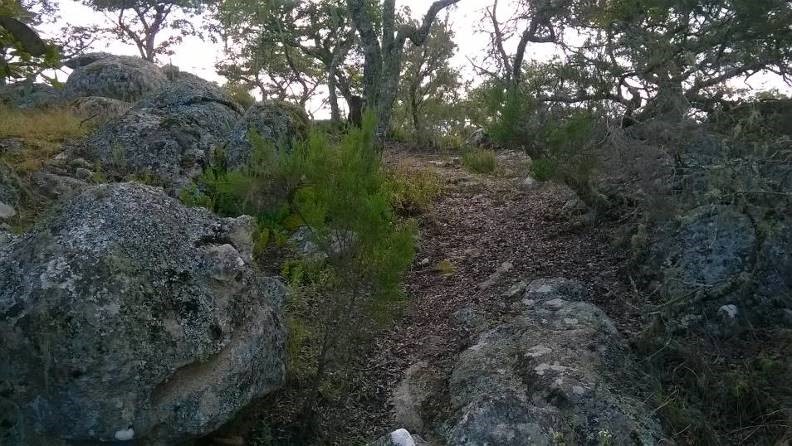
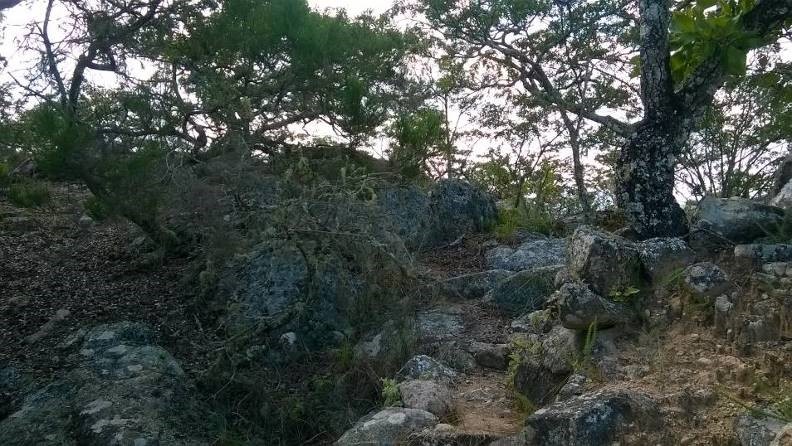
We experienced a very pleasant trip through extremely scenic areas and spots. Penhalonga and its surrounding valleys have a rich history from both pre- and post-colonial times.
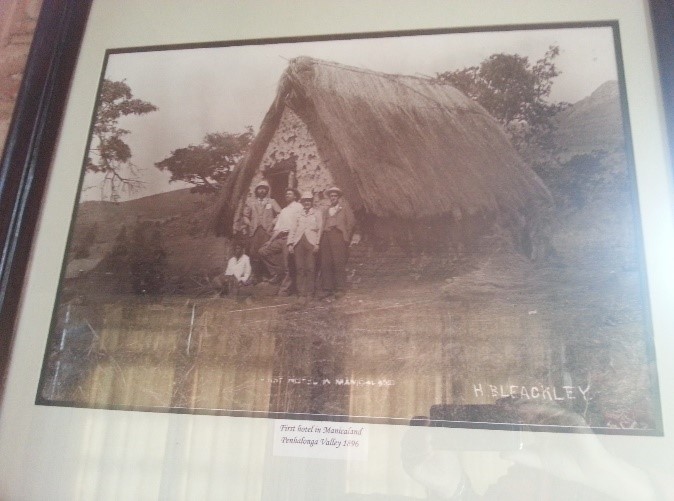
The trip and Fort Gomo is well worth a visit by people passing through the area or staying at La Rochelle.
J Scott/Alistair White – 26 April 2016




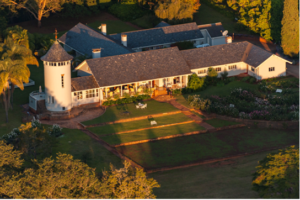
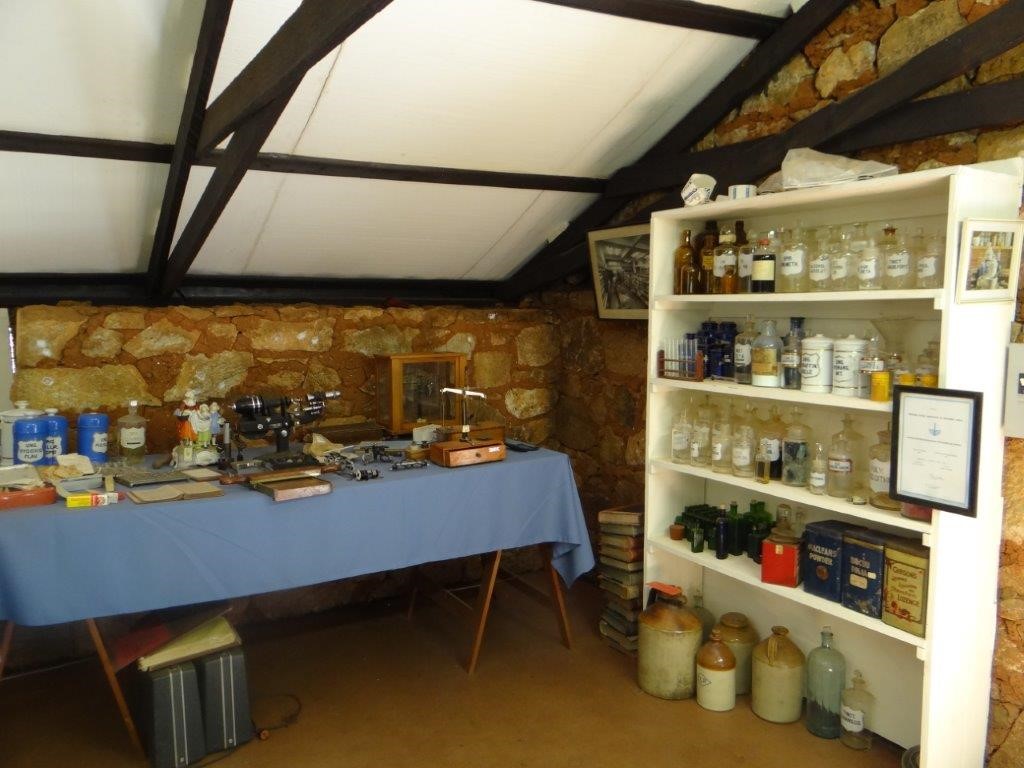
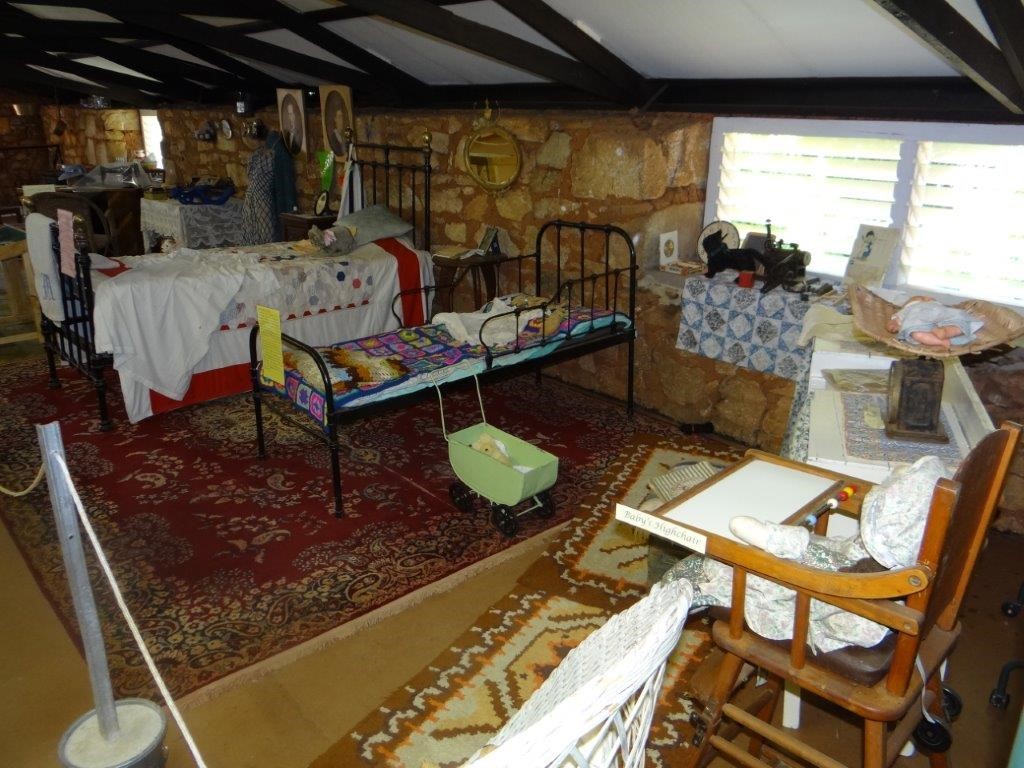
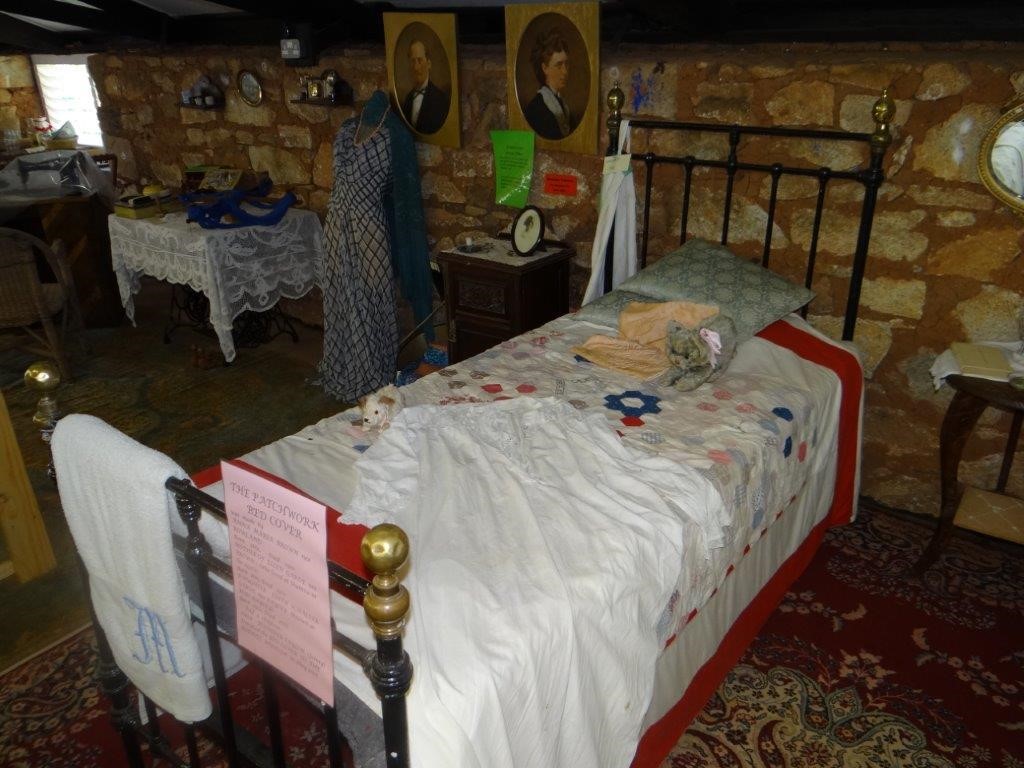
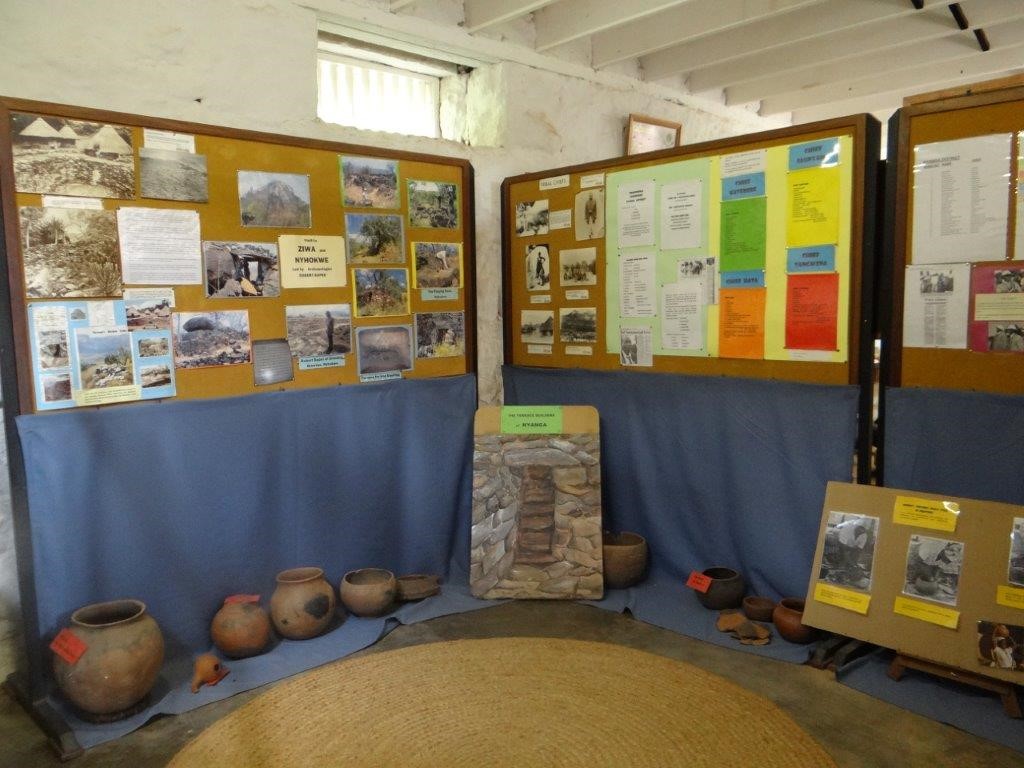
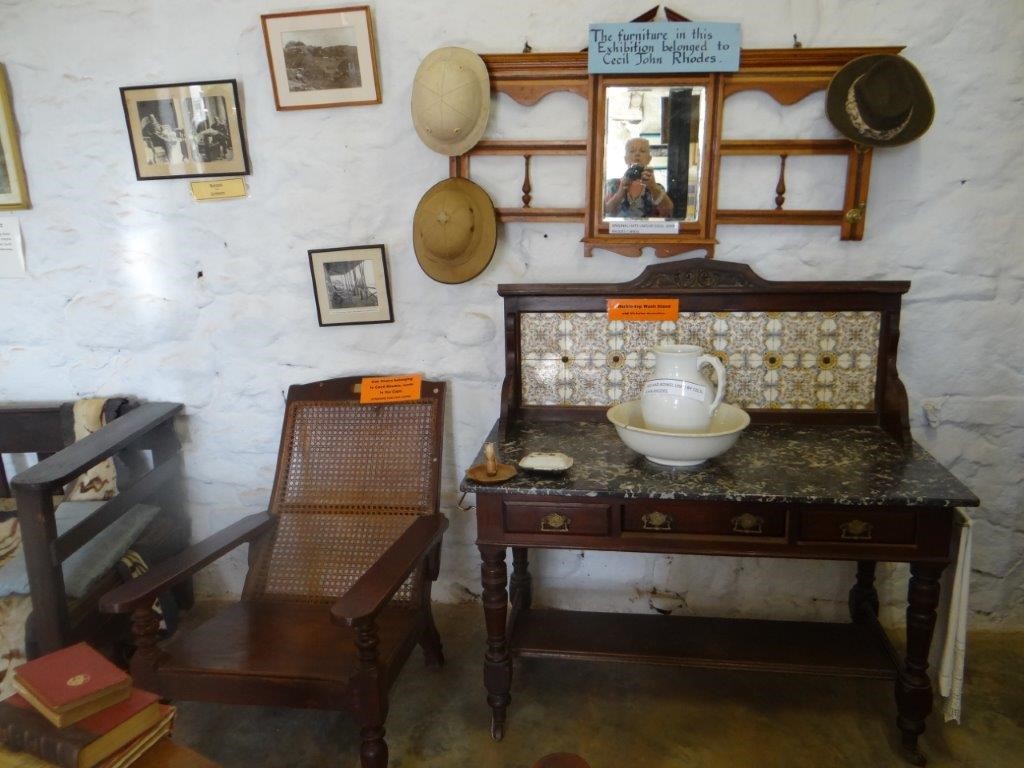
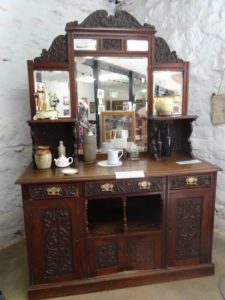
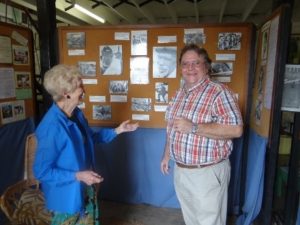
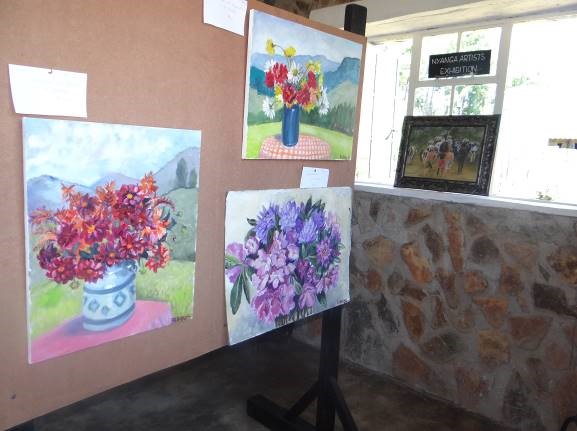
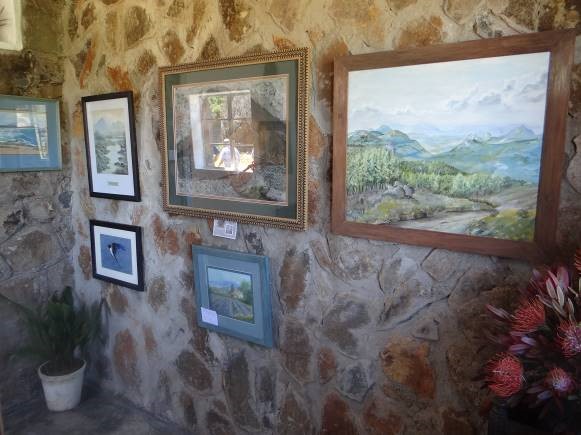
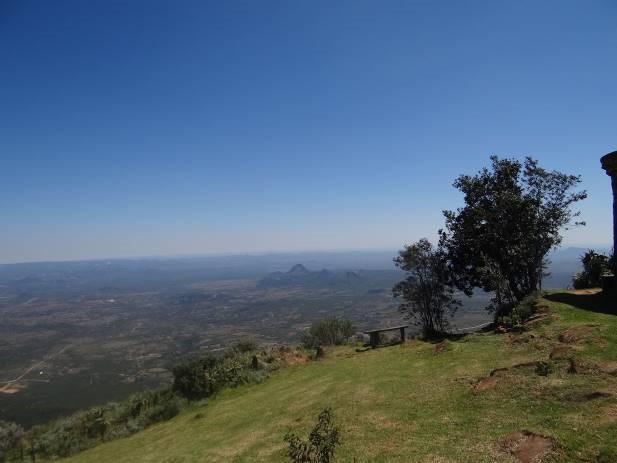
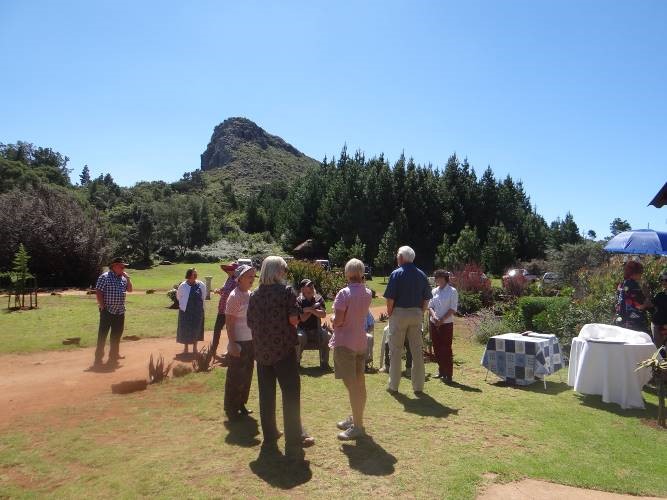
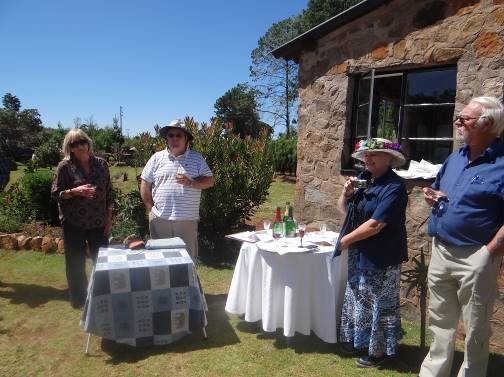
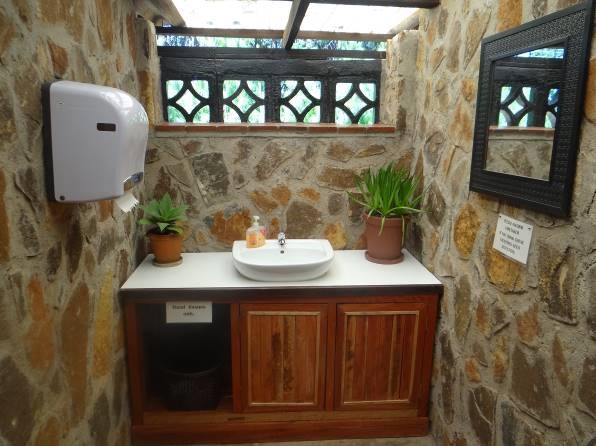
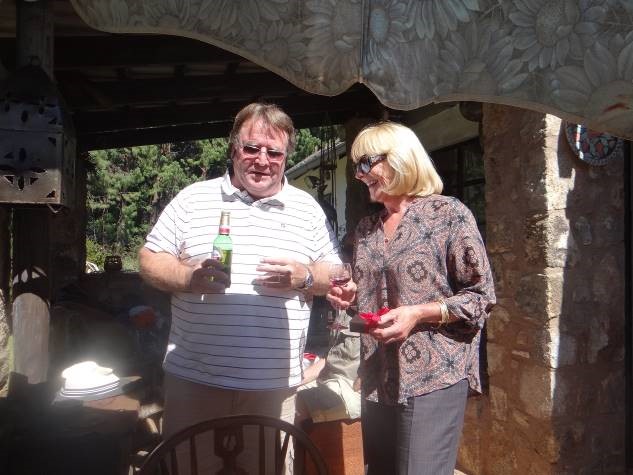
















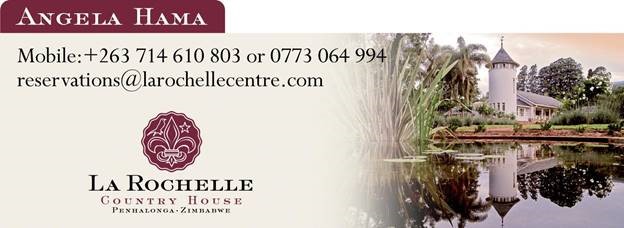
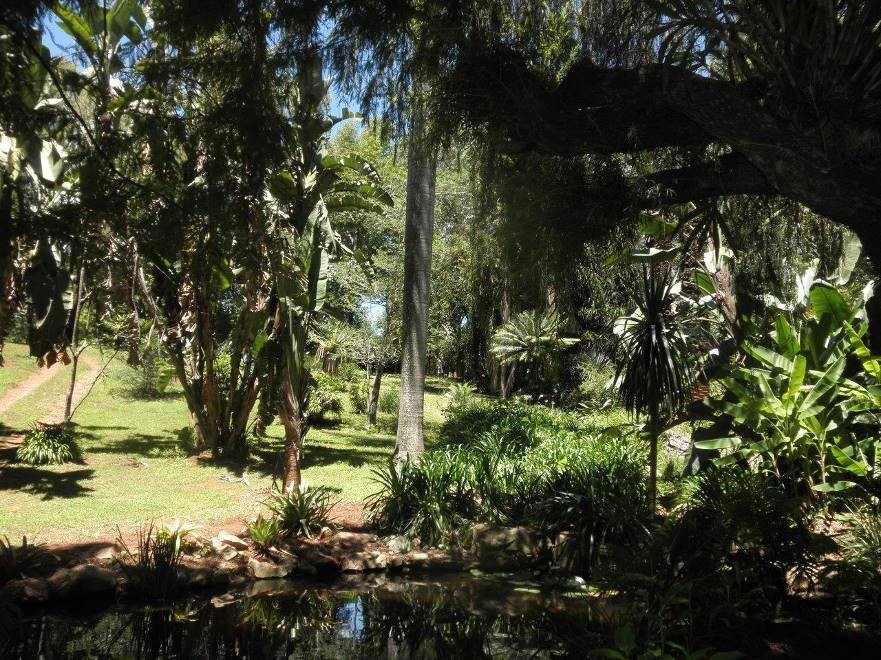



 USE NUMBER: 0775 907 595
USE NUMBER: 0775 907 595